 Welcome
Welcome
“May all be happy, may all be healed, may all be at peace and may no one ever suffer."
Gaucher disease
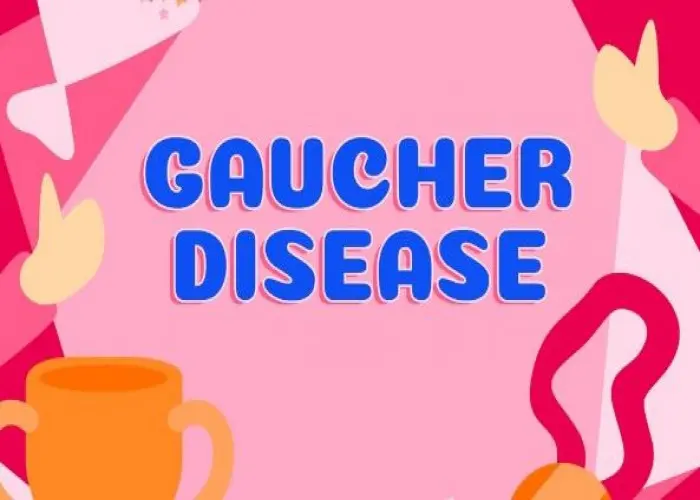
Gaucher disease is a rare genetic disorder that results from a deficiency of an enzyme called glucocerebrosidase. This enzyme is responsible for breaking down a fatty substance called glucocerebroside, which accumulates in various organs of the body, such as the spleen, liver, and bone marrow. The accumulation of glucocerebroside can cause a variety of symptoms and complications.
There are three types of Gaucher disease, each with different symptoms and rates of progression:
- Type 1: This is the most common type of Gaucher disease, and is characterized by anemia, low platelet count, enlargement of the liver and spleen, and bone disease. Type 1 Gaucher disease does not typically affect the brain and nervous system.
- Type 2: This is a rare and severe form of Gaucher disease that affects infants. Symptoms may include seizures, muscle rigidity, brain damage, and enlargement of the liver and spleen. Type 2 Gaucher disease is typically fatal within the first few years of life.
- Type 3: This is a rare and variable form of Gaucher disease that can occur at any age. Symptoms may include anemia, low platelet count, enlargement of the liver and spleen, and neurological symptoms such as seizures, eye movement abnormalities, and cognitive impairment.
Diagnosis of Gaucher disease may involve a physical exam, medical history, and diagnostic tests such as a blood test to measure the levels of glucocerebrosidase enzyme activity, or genetic testing to identify the specific mutation that causes the disease. Treatment for Gaucher disease may involve enzyme replacement therapy, which replaces the missing enzyme with a synthetic version, or substrate reduction therapy, which reduces the production of glucocerebroside. In some cases, a healthcare professional may recommend a bone marrow transplant to replace the defective bone marrow cells that produce the missing enzyme.
If you or a loved one is experiencing symptoms of Gaucher disease, it is important to seek medical attention for an accurate diagnosis and appropriate treatment. A genetic counselor may also be able to provide information and support for families affected by this rare condition.
Research Papers
Disease Signs and Symptoms
- Swollen spleen (splenomegaly)
- Weakened bone (osteoporosis)
- Low red blood cells (Anemia)
- A decrease in healthy red blood cells (anemia) can result in severe fatigue.
Disease Causes
Gaucher disease
Gaucher disease is passed along in an inheritance pattern called autosomal recessive. Both parents must be carriers of a Gaucher changed (mutated) gene for their child to inherit the condition.
Disease Prevents
Disease Treatments
While there's no cure for Gaucher disease, a variety of treatments can help control symptoms, prevent irreversible damage and improve quality of life. Some people have such mild symptoms that they don't need treatment.
Your doctor likely will recommend routine monitoring to watch for disease progression and complications. How often you'll need to be monitored will depend on your situation.
Medications
Many people who have Gaucher disease have seen improvements in their symptoms after beginning treatment with:
- Enzyme replacement therapy. This approach replaces the deficient enzyme with artificial ones. These replacement enzymes are given in an outpatient procedure through a vein (intravenously), typically in high doses at two-week intervals. Occasionally people have an allergic or hypersensitivity reaction to enzyme treatment.
- Miglustat (Zavesca). This oral medication appears to interfere with the production of fatty substances that build up in people with Gaucher disease. Diarrhea and weight loss are common side effects.
- Eliglustat (Cerdelga). This drug also seems to inhibit the production of fatty substances that build up in people with the most common form of Gaucher disease. Possible side effects include fatigue, headache, nausea and diarrhea.
- Osteoporosis drugs. These types of medication can help rebuild bone weakened by Gaucher disease.
Surgical and other procedures
If your symptoms are severe and you're not a candidate for less invasive treatments, your doctor might suggest:
- Bone marrow transplant. In this procedure, blood-forming cells that have been damaged by Gaucher disease are removed and replaced, which can reverse many of Gaucher signs and symptoms. Because this is a high-risk approach, it's performed less often than is enzyme replacement therapy.
- Spleen removal. Before enzyme replacement therapy became available, removing the spleen was a common treatment for Gaucher disease. Now this procedure typically is used as a last resort.
Disease Diagnoses
Disease Allopathic Generics
Disease Ayurvedic Generics
Disease Homeopathic Generics
Disease yoga
Gaucher disease and Learn More about Diseases
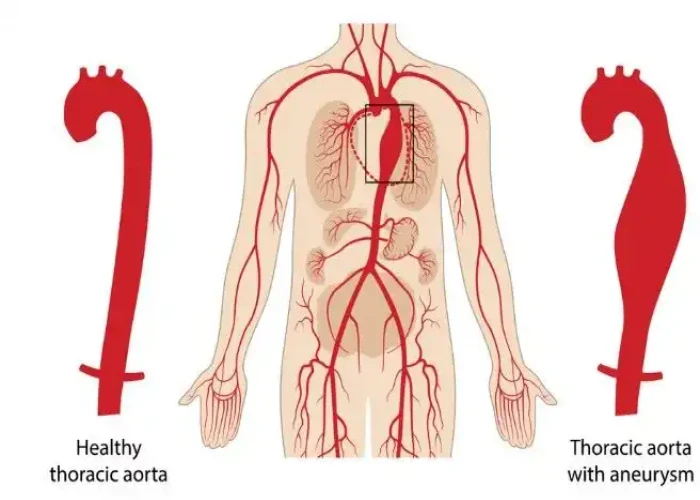
Thoracic aortic aneurysm

Chronic hives
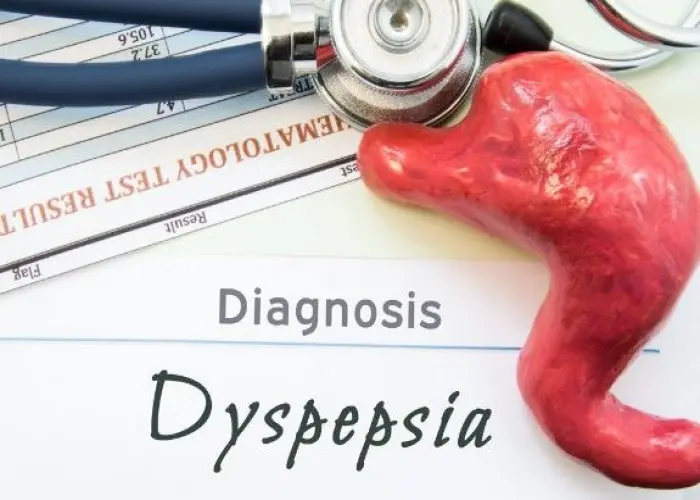
Functional dyspepsia
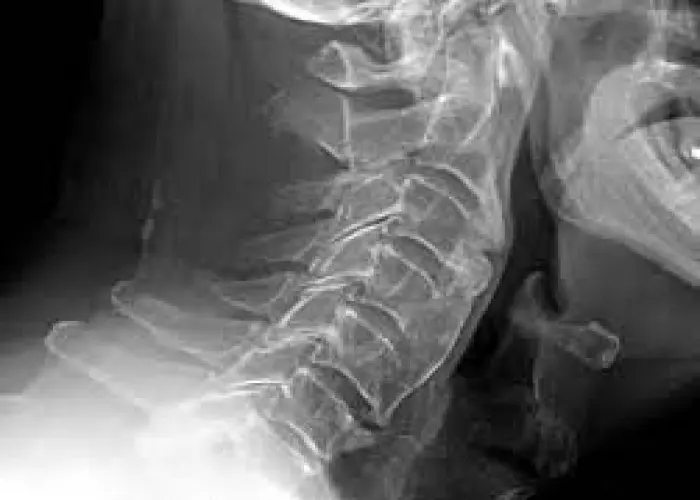
Diffuse idiopathic skeletal hyperostosis (DISH)

Anthrax

Tachycardia
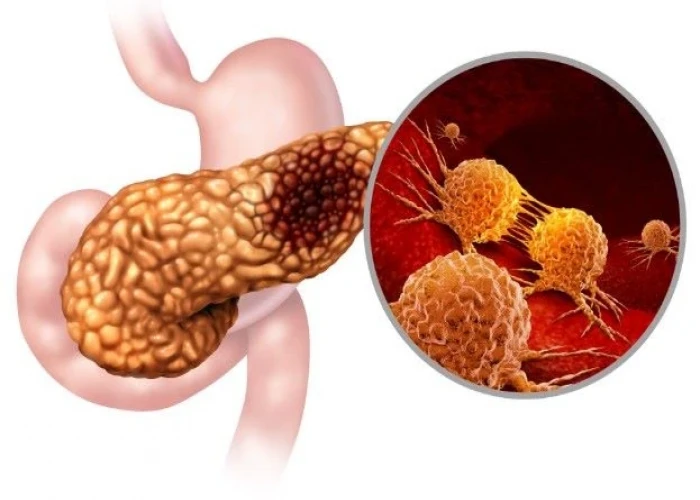
Pancreatic cancer

Hair loss
gaucher disease, গাউচার রোগ
To be happy, beautiful, healthy, wealthy, hale and long-lived stay with DM3S.
